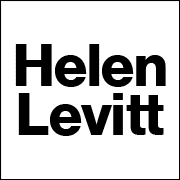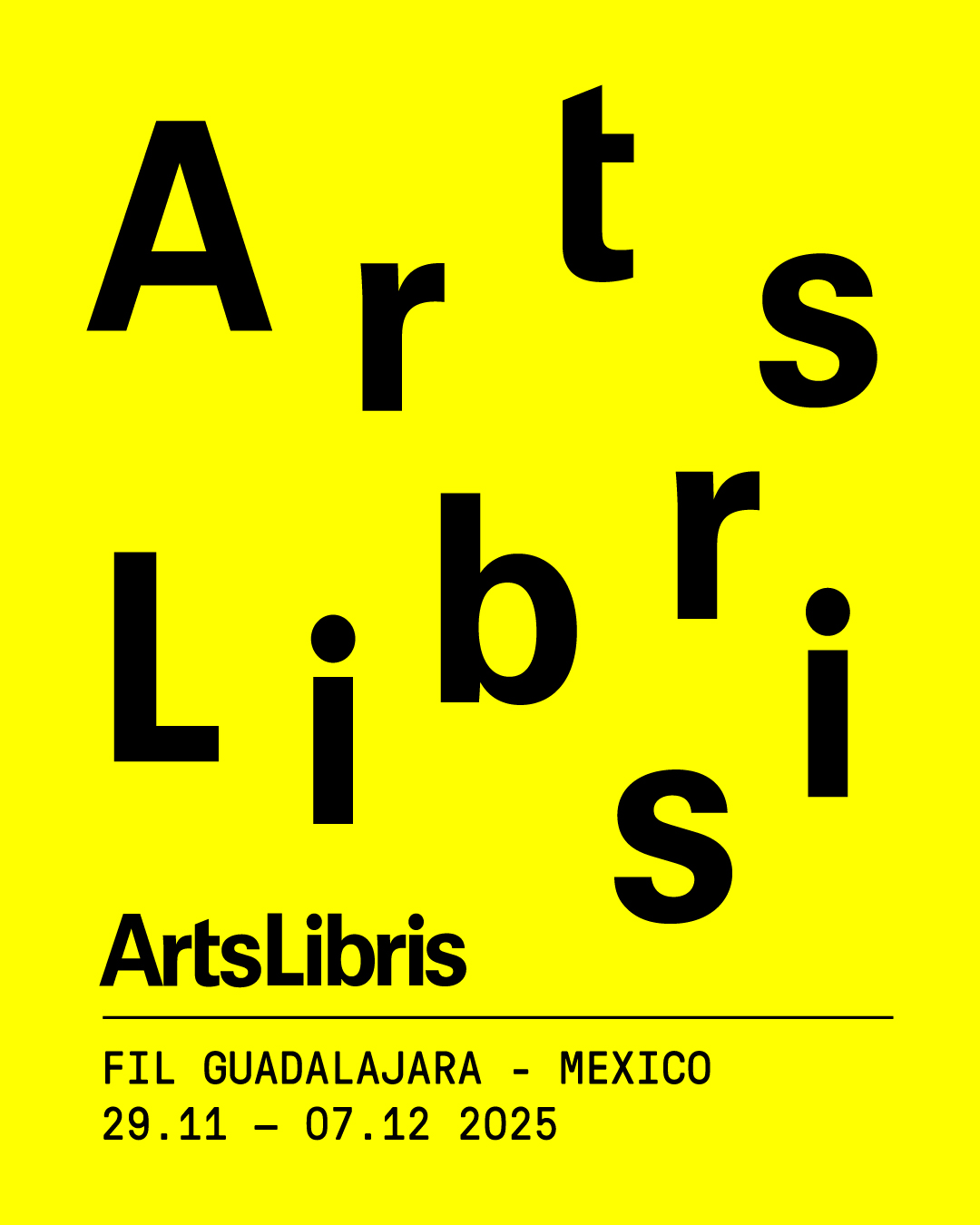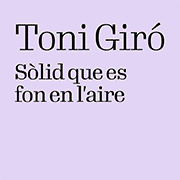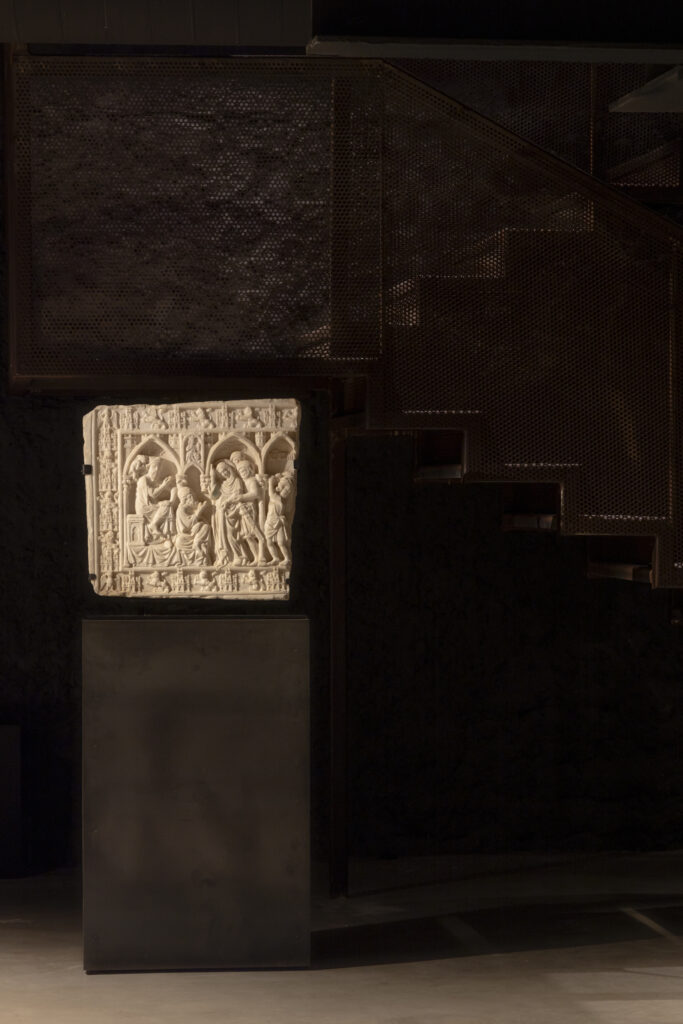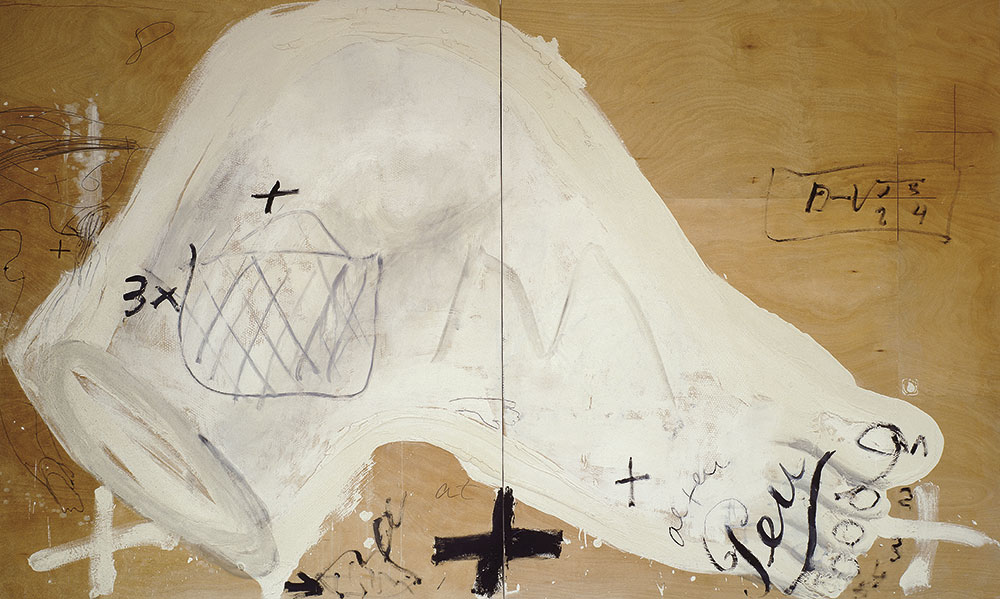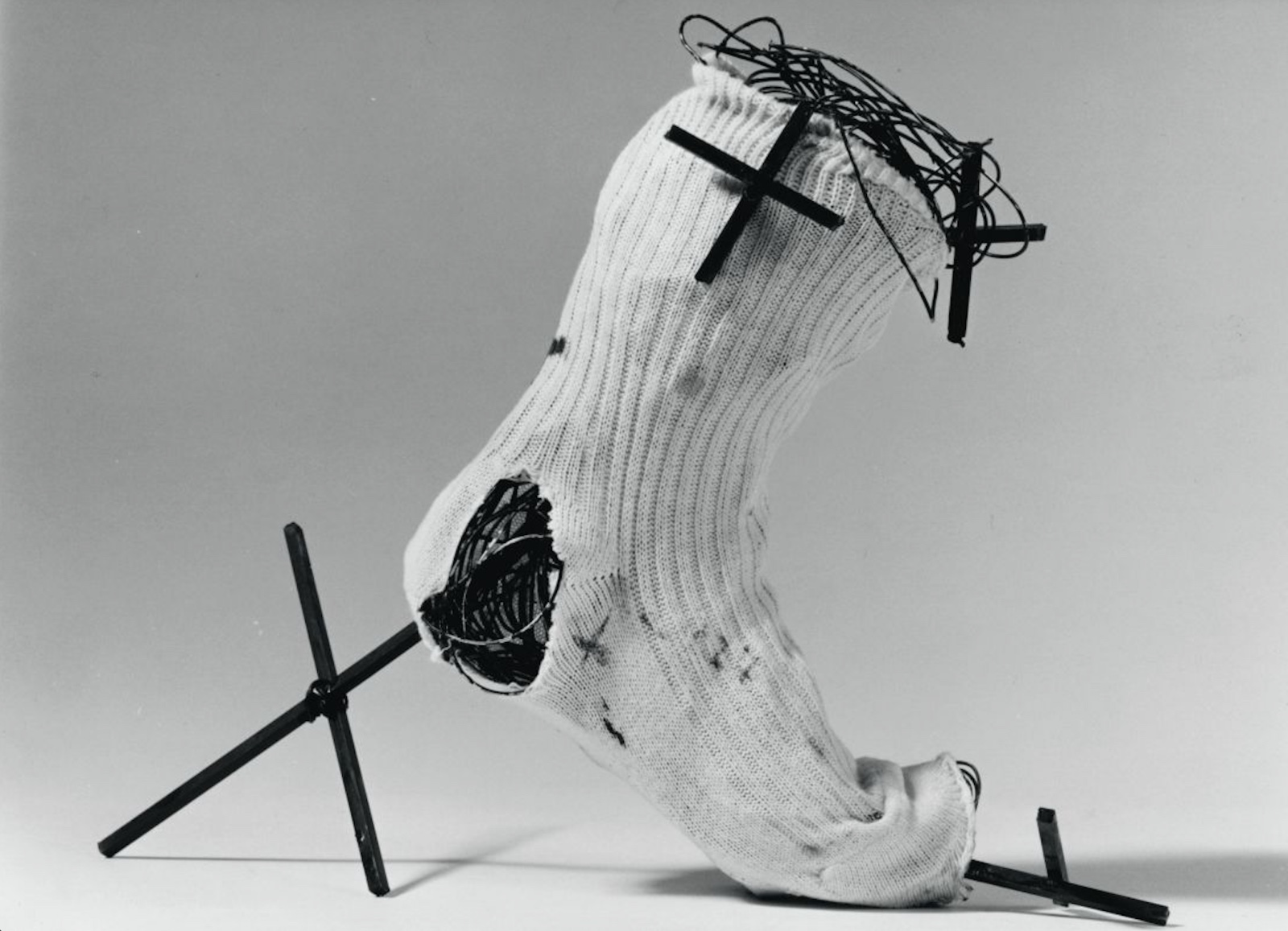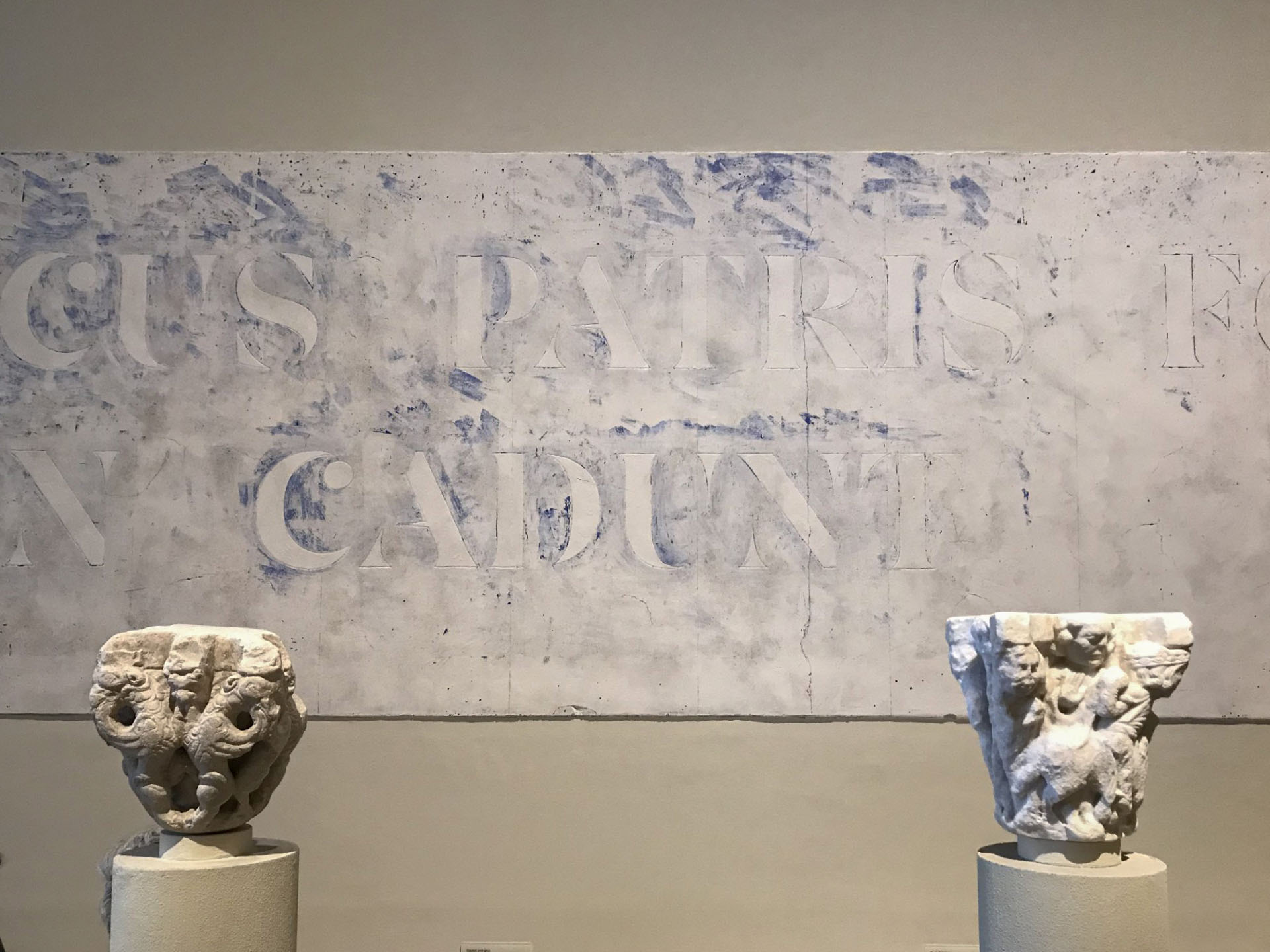Exhibitions
Isabel Banal: persistence or re-enactment?
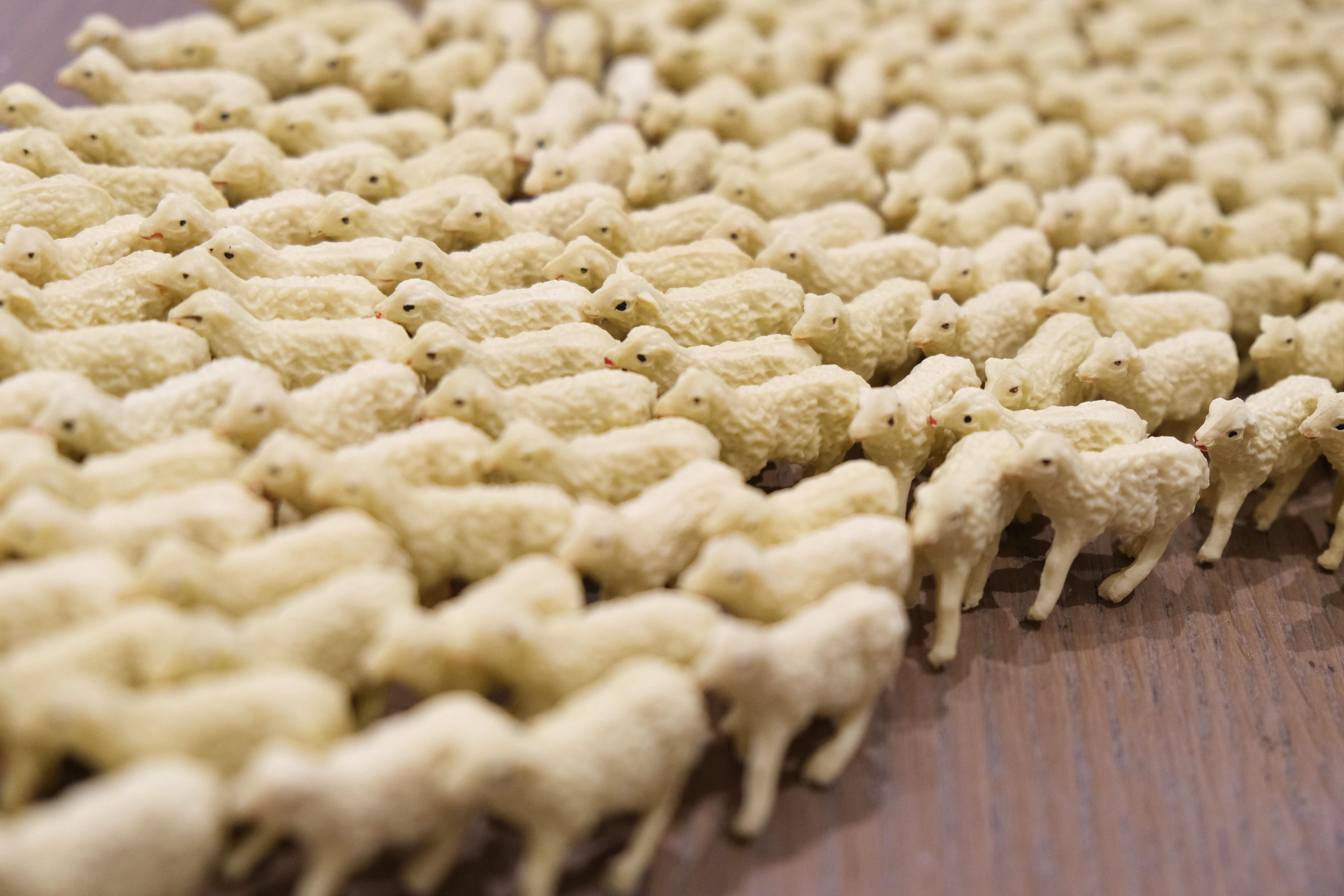
Yesterday, Saturday, June 14th at 12 noon, I attended the Chiquita Room gallery, recently awarded the GAC awards for best annual programming, for a three-day celebration. The 30th anniversary of Isabel Banal's installation Vora de riu is being celebrated. This same day, June 14th, thirty years ago, in 1995, the installation was presented at her first solo exhibition at the Àngels de la Mota gallery, on Goya Street in Barcelona. Some of the most significant elements of Isabel's work are already present in Vora de riu and have continued to be a constant, which gives validity and total coherence to her long career.
I am fascinated by art, both works that persevere in identity, repetition and those that only find meaning in difference, mobility, change and constant research. I find comfort in walking the razor's edge between identity and difference. In the first case, Isabel Banal is found. Both at the stand of Arco 25 in the same gallery and now with this installation, the value of persistence can be verified. Above all, the problem of scale, of the proportions between minimums. It is obvious that these questions are already in Vora de Riu, this work from thirty years ago.
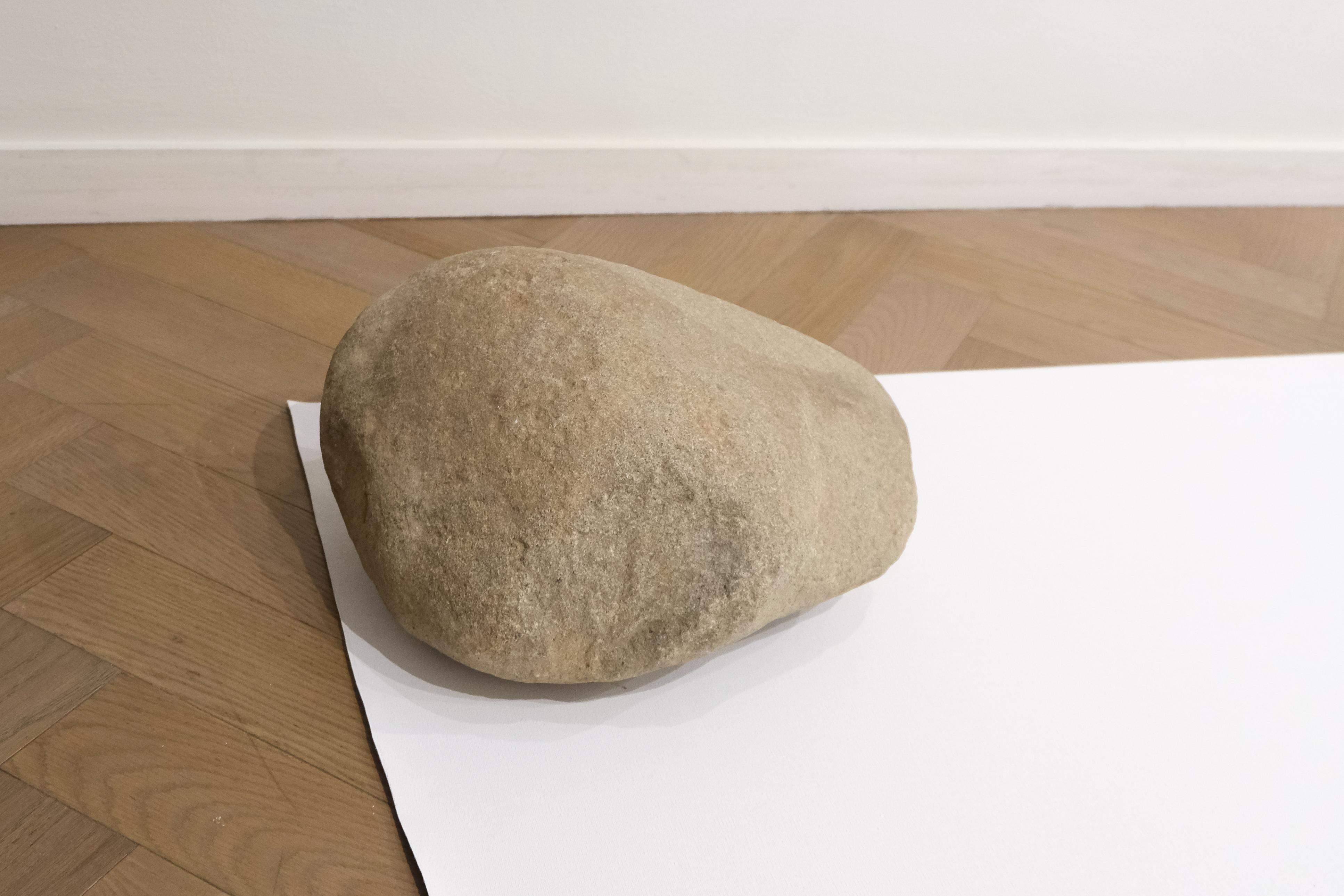 © Pauline Köhlen
© Pauline Köhlen
Certainly, then, thirty years ago, the term began to be used: quotation, homage, appropriation when an artist started from a recreation or repetition of a work. The topic of “re-enactment” began at that time when it was introduced into the theoretical discussion between imitation, copy and original. This relativization of originality led to the maximum perversion that is copying as a legitimate strategy for the artist. Some of us who coincidentally met in the gallery know this: Gloria Picazo, Vicki Combalia, Assumpta Bassas and myself who, incidentally, and without wanting to, became witnesses of those years. We all lived very close to the birth of the maximum postmodern perversion, that precise moment in which the dissolution of the border between truth and lie was born, with the consequences that we now know and that affect all areas.
In this case, this is not the case, because what Isabel does, by reproducing her own work identically, is that she does not question it, does not revisit it, does not change the context of the original work, thus reminding us that works of art, like true, authentic words, cross the border of time and we can remember or repeat them with total legitimacy over thirty years and beyond.
 © Pauline Köhlen
© Pauline Köhlen


